Children from Adivasi Background get their own Language of Literacy
Posted by Sherein Bansal on October 21, 2016Imagine if the language you speak to your friends, think your funniest thoughts in and dream your bravest dreams in, is hardly known in your own country, and might even reach an early death in two decades. To ward off this isolation acutely felt by Kora and Santali, tribal languages spoken in communities across West Bengal and Odisha, Suchana has been working towards their preservation with quiet determination fuelled by their love for literacy and a zeal for preserving adivasi languages.
Suchana, a 10 year old community group, works in Birbhum, W. Bengal towards the education of pre-school to class 10 children from Santal and Kora adivasi communities. Suchana knows that when education knocks at your door, it must come in a language that you understand. Entering a school room can be daunting for a child from an adivasi background as she or he is expected to know a state-language that they or their family have never learnt, or have been denied access to. Our education system is missing out on a huge cultural opportunity here by not being inclusive of more languages, and thus not reaching out to children who need education the most. This tragedy of education not benefitting children who are trying to break centuries-old shackles of being looked down upon as an adivasi is profound.
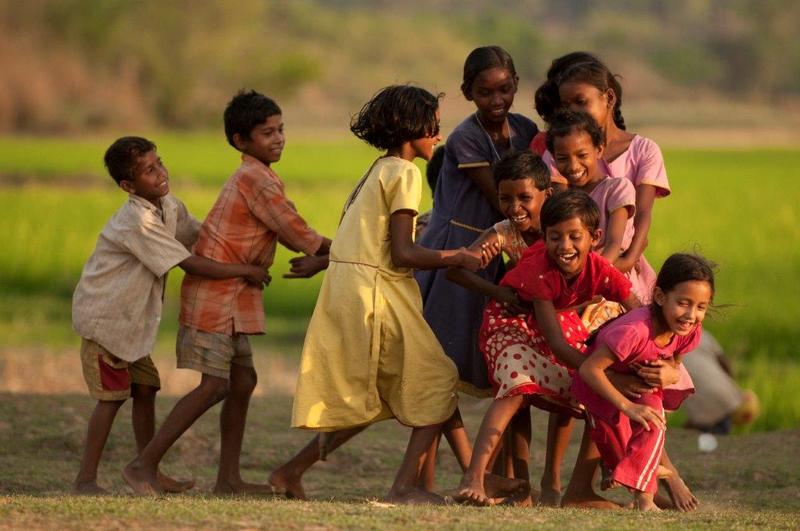
This is where Suchana steps in to ensure ‘Right to Education’. They have made it their mission to make sure that Kora and Santali are looked upon as legitimate, literacy-inducing languages, and that ‘adivasi school going kids’ can just be school going kids. They aim to sustain cultural identities and promote literacy among the tribal and underprivileged communities through their education programs. As far as they know, they are the first organization to have created children’s books, or in fact any books at all, in Kora.
One of their key educational initiatives, Mobile Library, was started in 2011 with children of 6 villages. Today, the library travels in two vehicles, covers 25 villages and has 1135 members. It consists of books that are written in multiple languages, especially in the tribal languages (Kora and Santali) that children can relate to and learn in. Children who have never held story books in their hands or understood their importance now have access to joyful reading material that’s related to their education and growth, along with creativity and imagination.
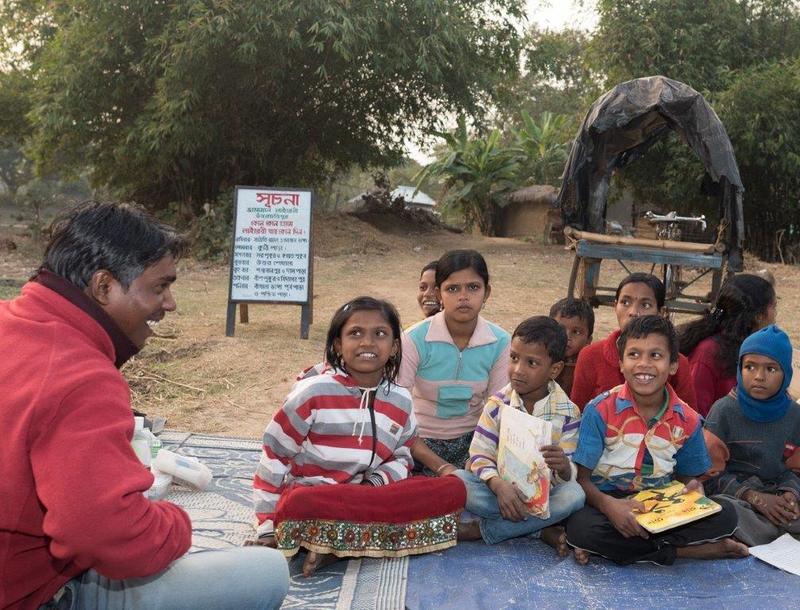
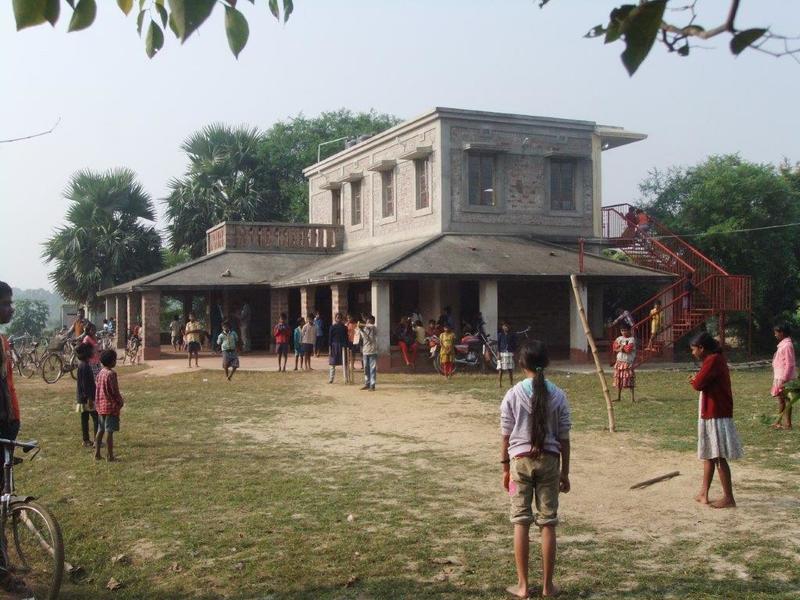
Kirsty Milward, Founder of Suchana, says, “In Santali and Kora – and other adivasi languages – there is no children’s literature at all. This is at least partly because until the current generation, most adivasi children did not go to school. Among the (still quite young) mothers of Suchana’s current adivasi students, for example, 80% never went to school at all. So where was the need for children’s books in those languages?”
We are proud of our association with Suchana. The organisation’s teacher-translators have been able to develop supplementary reading materials in Kora and Santali at a much faster and prominent way through StoryWeaver. Currently, 27 Kora books and 19 Santali, both in Bengali script are on StoryWeaver. Suchana has printed 10,000 copies of these books for their mobile library and are exploring loading e-books onto SD cards to disseminate stories on low cost mobile phones.
It’s a huge step for languages that were near obscurity and oblivion, to be suddenly sailing the digital waves and ready to be accessed by the whole world in the form of beautiful stories. Read these stories in Bengali script in the tribal languages of Kora and Santali.
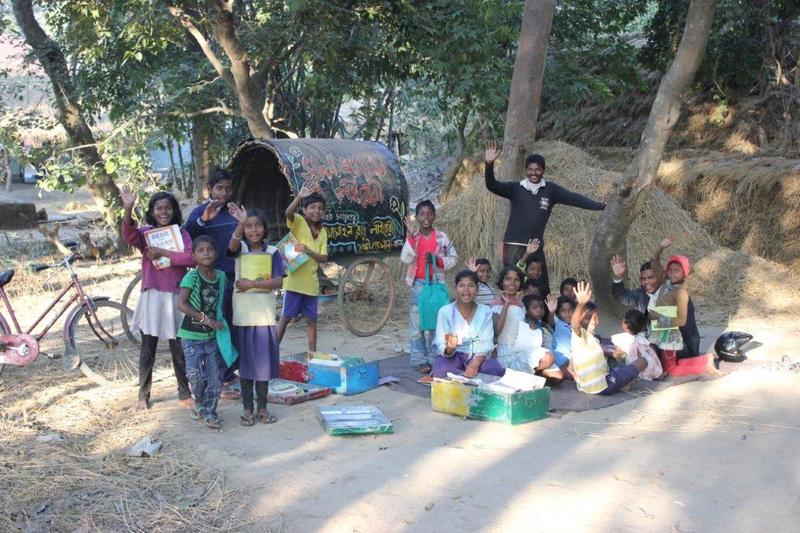
comment (1)
Spotathon: An Illustration Campaign to Create a Free Spotting Book
Posted by Remya Padmadas on November 14, 2016This campaign is now closed
Children LOVE ‘spotting challenges’. Ask them to spot anything from a busy image and you can be sure they won’t quit. 3 crabs on a beach, 4 tyres in a workshop, 11 spoons in a kitchen... anything! Unfortunately, it’s hard to come by memorable spotting books which are affordable. So...
This Children’s Day (November 14), StoryWeaver is eager to create a fun spotting book for children and make it available for free. We think this will be special if it’s a collection of illustrations from artists around the world. And this, illustrators, is where we need your support. Just 1 illustration from you can make all the difference!
The best entries from Spotathon will become part of a grand spotting book published by StoryWeaver, filled with illustrations from different artists. However, each entry that is submitted as part of Spotathon will be available on StoryWeaver as an individual activity book as well.
Here’s how you can participate in Spotathon!
-
Draw something which has enough details so that a child can spot up to 15 objects in it. Think of a setting which can accommodate these details. A beach, rainforest, kitchen, classroom, market... the possibilities are endless! The objects to spot are up to you.
-
Before you start, imagine the child you’re setting the challenge for. Our readers are primarily children who haven’t had much access to books. We have 2 different categories which are linked to age and levels of difficulty. Remember, these are only guidelines.
a. 3-6 years (Level of Difficulty: Easy) – She has only recently started reading books. She’d enjoy spotting up to 8 objects. While she’s open to all kinds of settings, do remember that her vocabulary is limited. But her imagination definitely isn’t! As an example, here is an illustration by Soumya Menon of what would be ideal for her.

b. 7-10 years (Level of Difficulty: Medium) – As she’s expanding her vocabulary, she will be more comfortable with prediction and open to unfamiliar settings. She’d be able to spot up to 15 things. Even the way in which the objects are hidden can be more complex here. As an example, here is an illustration by Bindia Thapar of what would be ideal for her.

-
As the spotting exercise also requires an answer key for reference, you will need to prepare it using the same drawing. All you have do it number the images accordingly. Here’s an example.
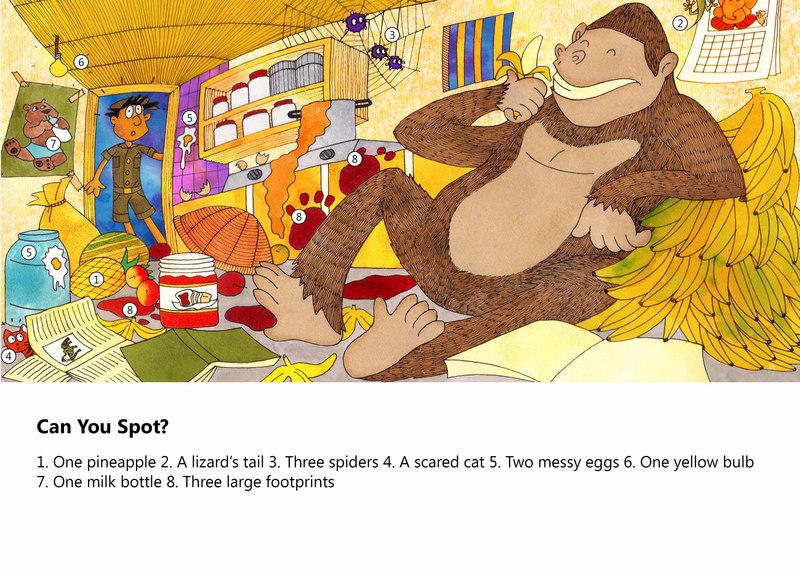
GUIDELINES FOR SUBMISSION
Timelines
Spotathon begins on October 25 and ends on November 21.
Submission
-
You will have to submit two illustrations: Main Illustration and Answer Key (examples above).
-
You can submit your entry in any language that is available on StoryWeaver.
-
You can submit more than one entry.
-
Watch a short Video Tutorial on how to submit your entry on StoryWeaver.
Format
-
Size of illustration (Main illustration & Answer Key): 11.17 inches (width) x 5.35 inches (height). This is the recommended size as it fits neatly into one of the templates on StoryWeaver.
-
The illustrations should be high-res (150-300 dpi).
-
Format: JPEG
-
File size for each illustration: Between 2 to 4 MB; above 4 MB will slow down the upload process
Copyright and other guidelines:
-
To participate in Spotathon, you must be over the age of 16.
-
The illustrations you submit must be your original work.
-
By submitting your work, you are agreeing to a CC-BY 4.0 license being applied to it. To know more about this license, click here.
You can register for the campaign over here so that we know you're participating and can reach out for any updates. If you have any queries, feel free to drop us an email at [email protected]!
Be the first to comment.
New Feature Alert: Embedding Stories
Posted by Remya Padmadas on November 15, 2016At StoryWeaver we're always thinking of new ideas and features that will be of use to our community. Sometimes, these are in response to requests from our users (like when we added the 'Created by Children' tag, that allows young authors to create their own stories and then see their names on the cover page of their book) and sometimes, we envisage an idea that our users don't even know they need yet!
Our new 'embed' function falls into the second category. All the content on StoryWeaver is openly licensed under the most liberal Creative Commons license, CC-BY4.0 allowing users to read, translate, share and print the stories and images for free. However, till now, users could only share stories via a url. We decided to explore adding an embed function so that users could embed StoryWeaver titles onto their websites or personal blogs, so that the reading experience is contained to their site.

The new embed icon
How to embed stories from StoryWeaver
1. Decide on which story (or stories) you want to embed on your website or blog. Let's choose 'नागमोडी नागोबा'. Click on the story card.
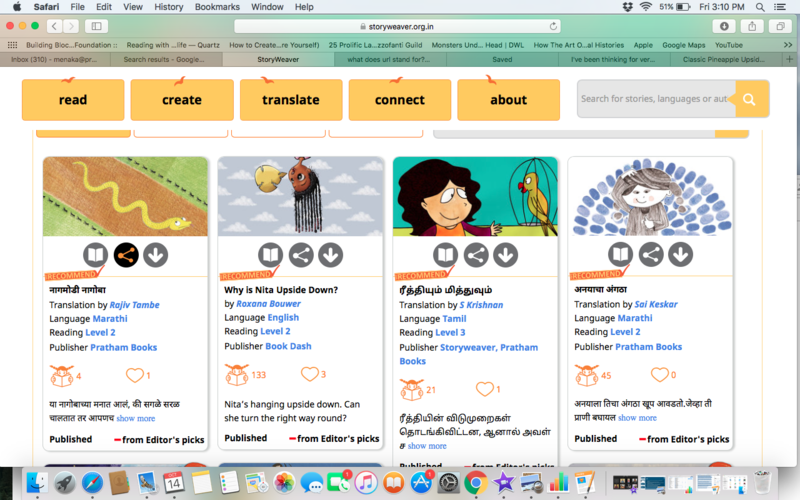
2. Look for the embed icon on the story details page. See the screen shot attached.
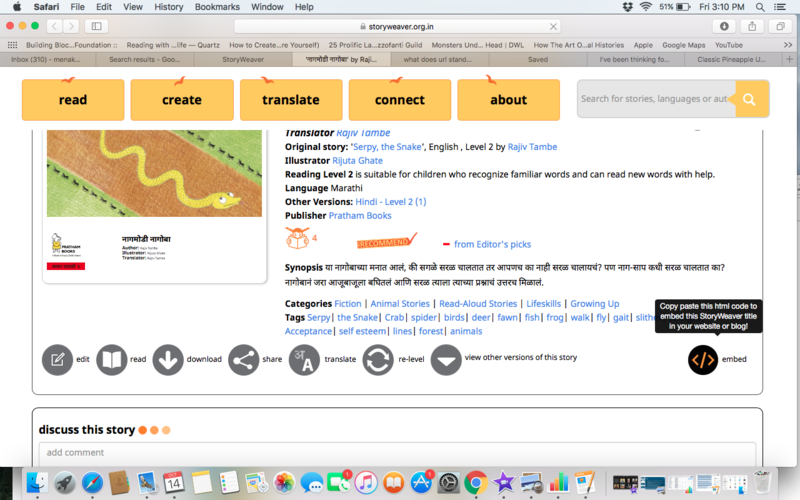
3. Click on the icon. A small window will pop up with html code. Copy the code to your clipboard.
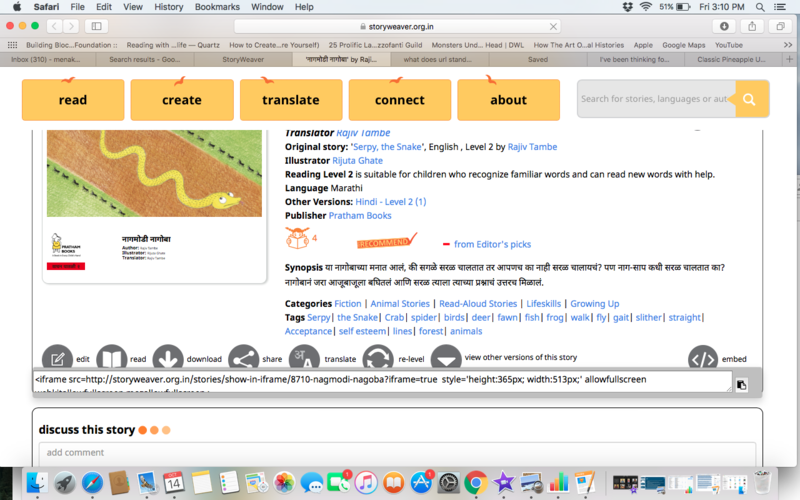
4. On your blog or website, look for the Source button or HTML button on the 'new post' page. Paste the html code here.
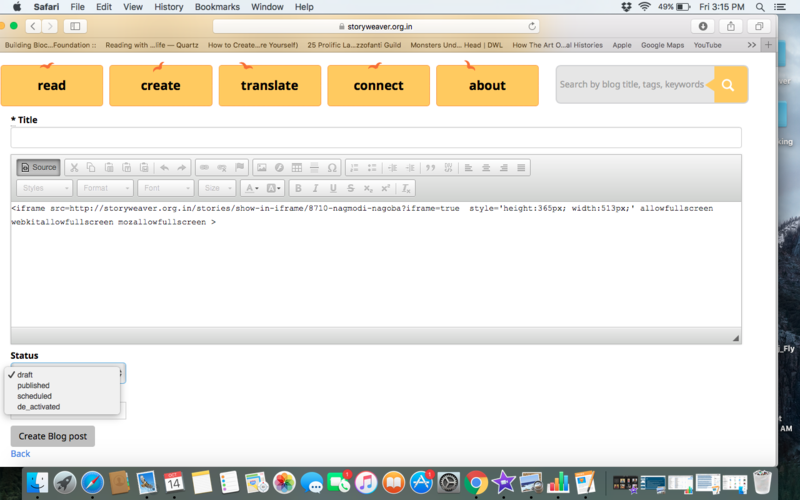
5. Go back to your text editor and finish writing your amazing post.
6. Click on Publish.
7. Voila! Your blog post with an embedded story is now ready to share and dazzle the world with!
Here's how the story will appear on your blog or website once embedded:
Be the first to comment.
